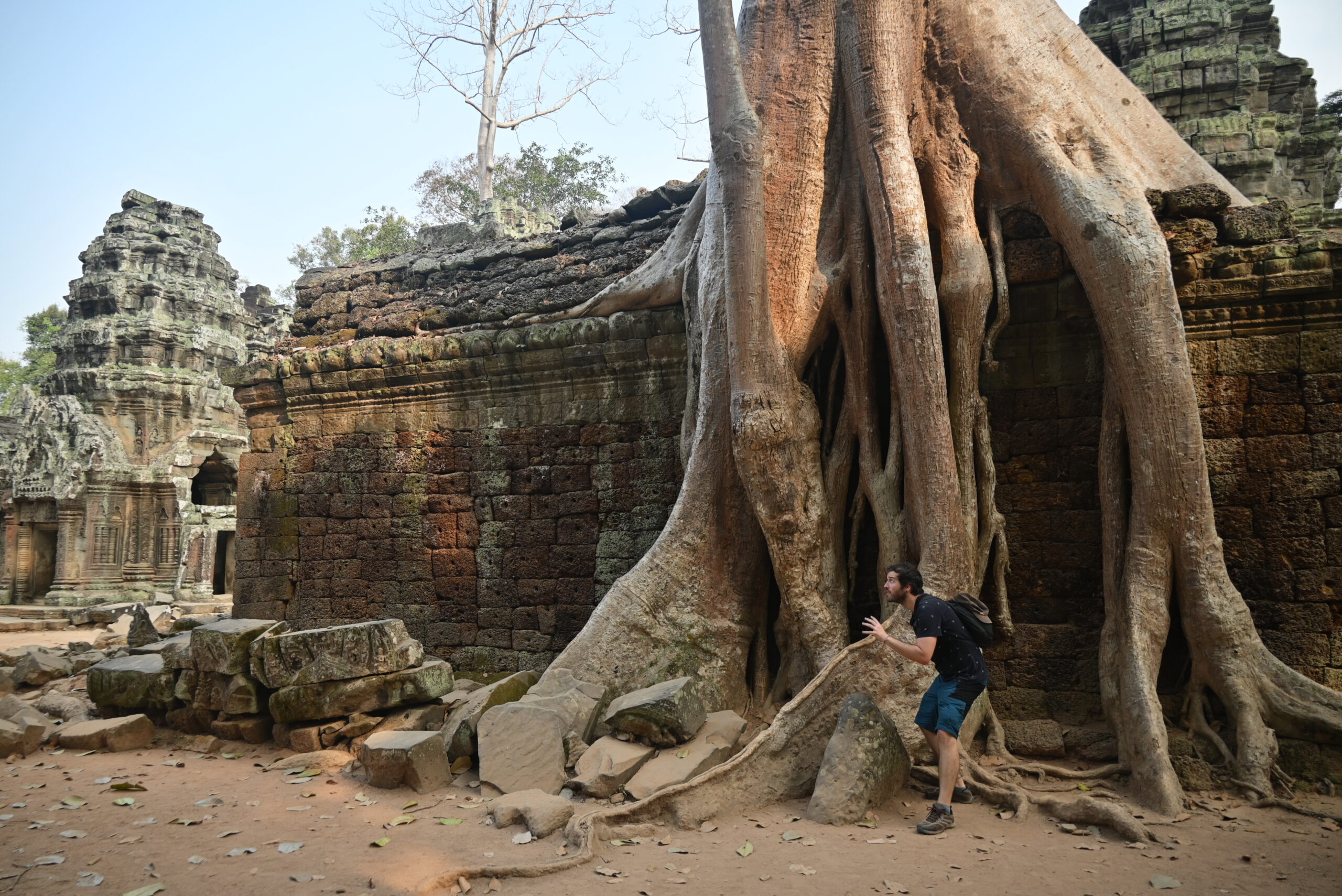THE HAIRY GIRAFFE… IN SINGAPORE
After four days in Singapore, it’s time to reflect. How did we experience this journey? What were our joys, disappointments, questions, doubts, and discoveries? This is not merely an assessment of a country but rather of a trip—how we perceived it individually and subjectively.
 We are François and Benjamin, Canadian and French giraffe hairstylists and travel enthusiasts. On this blog, discover our travels, tips, moods, and everything you need to become a giraffe hairstylist and embark on travelling the world. An honest blog with photos guaranteed 100% unfiltered and untouched. |
Benjamin’s Travel Reflections
Like Dubai, Abu Dhabi, or Hong Kong, most travelers visit Singapore during a layover and very few consider it a destination in its own right. The city-state encourages these practices with an airport designed as a shopping mall and amusement park combined, and a national airline, Singapore Airlines, which sometimes even offers a hotel night to its layover customers.
We spent 4 days in Singapore during our 8-month trip around the world. Between Japan and Malaysia, these 4 days provided us with a smooth transition between North Asia and Southeast Asia. Smooth, because Singapore is an easy country to visit: clean and compact, the city-state offers a cheap and efficient public transportation system, English is widely spoken, and the standard of living is very high.
Despite the heat and humidity, I knew I loved Singapore the moment I stepped out of the subway in the business district. Unlike Hong Kong, the atmosphere immediately reminded me of New York or Chicago. The downtown buildings are modern and harmonious, and the colonial-era buildings are beautiful and colorful. There is a dynamic atmosphere in the central neighborhoods (business district and Chinatown).
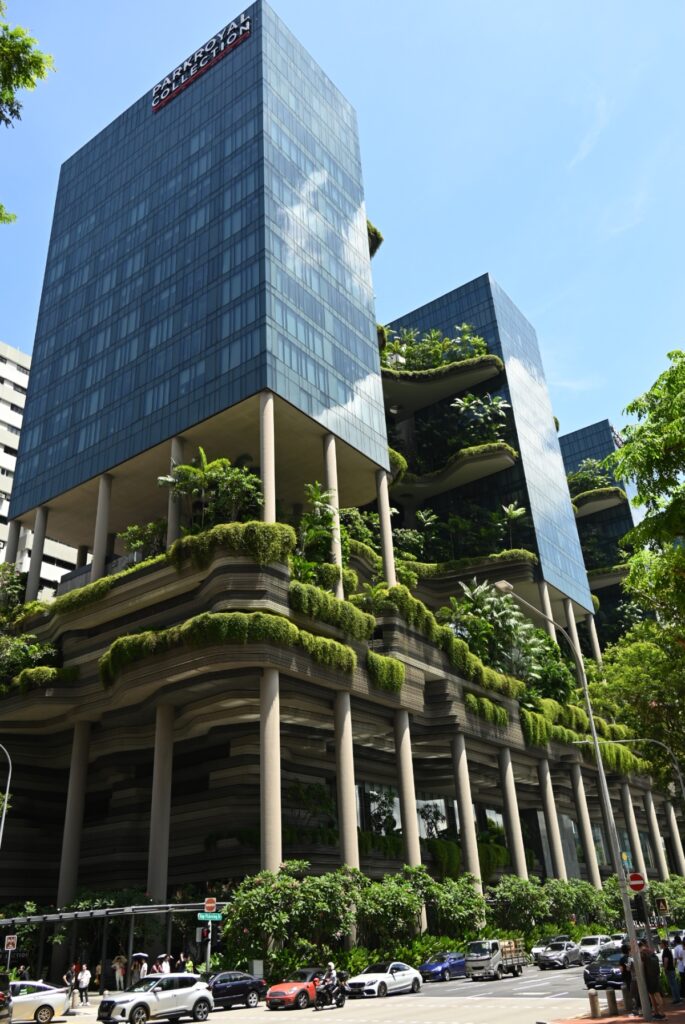
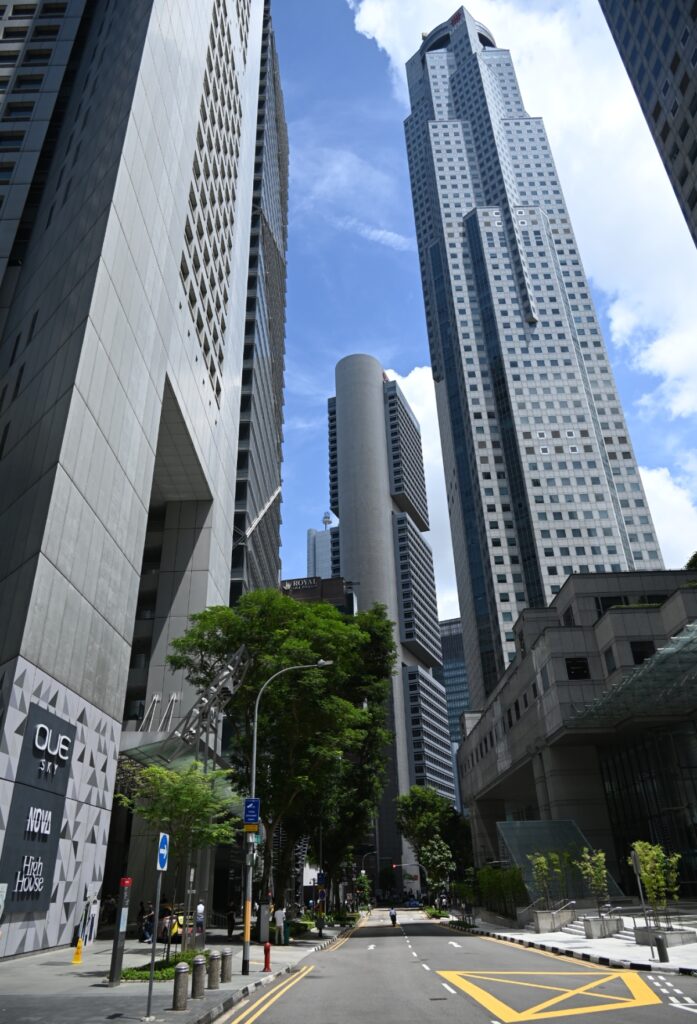

Certainly, the main attractions, including the airport waterfall, Gardens by the Bay (with their giant tree-like sculptures), and the famous Marina Bay Sands hotel, left me with a sense of inauthenticity reminiscent of Dubai. I felt that they had been built solely to create ‘must-see’ tourist spots, similar to Dubai’s palm islands. These are stunning sites for Instagram and tourist brochures, but they lack soul and history.
Ultimately, it wasn’t these sites that caught my attention, but the atmosphere of the city, its architecture, and its dynamism. Despite the hot, humid, and stifling heat, I enjoyed strolling through the streets of Singapore. A small city-state that gives the sensation of being a meeting place for people from all over the world.
But indeed, Singapore remains primarily a transit hub. The Singaporean population is so fragmented into different communities that it gives the impression that there is no unity and that all these people cross paths somewhat by chance, as if the city-state were nothing more than a gigantic airport terminal. Like in an airport, English serves as the lingua franca, but it is not the native language of the majority of the population. Like in an airport, everything is clean, everyone walks in order, everything is somewhat sterile.
It must be said that Singapore is a social utopia or a communal nightmare, depending on where one stands on the political spectrum. The city-state is proud of its multiculturalism (its constitution even speaks of multiracialism), and each community is encouraged to follow its own festivals, traditions, and ways of life. The common substrate is minimized: allowing others to live according to their own traditions as well.
Does this allow for the creation of a unique, meaningful society? Or is Singapore merely an aggregation of communal neighborhoods, offering a guaranteed change of scenery as one moves from the old English quarter to Chinatown, then Little India, etc.?
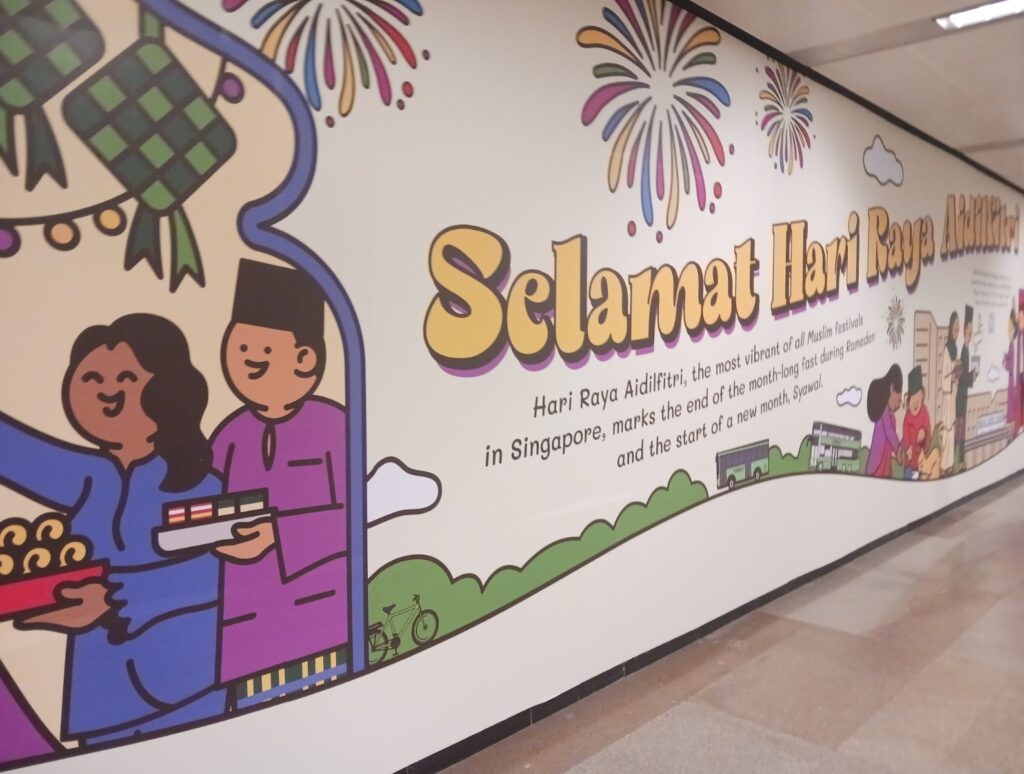
I couldn’t shake off the feeling that in Singapore, we were merely passing each other by, that it was just a transit point where businessmen hoped to make their fortune and the less fortunate came to escape the poverty of their home countries. Worse, communities are placed at the center and individuals in the background. Make no mistake, Singaporean multiracialism does not advocate for ‘come as you are’, but rather ‘live as your community’.
Behind the polished facade of a wealthy and modern city-state, Singapore is an authoritarian state that violently suppresses many individual freedoms. In the name of social peace among communities, individuals can be subject to caning and the death penalty. Similarly to the United Arab Emirates, a third of the Singaporean population is neither citizens nor permanent residents, with all the potential abuses and exploitation that this situation may represent for the poorest workers.
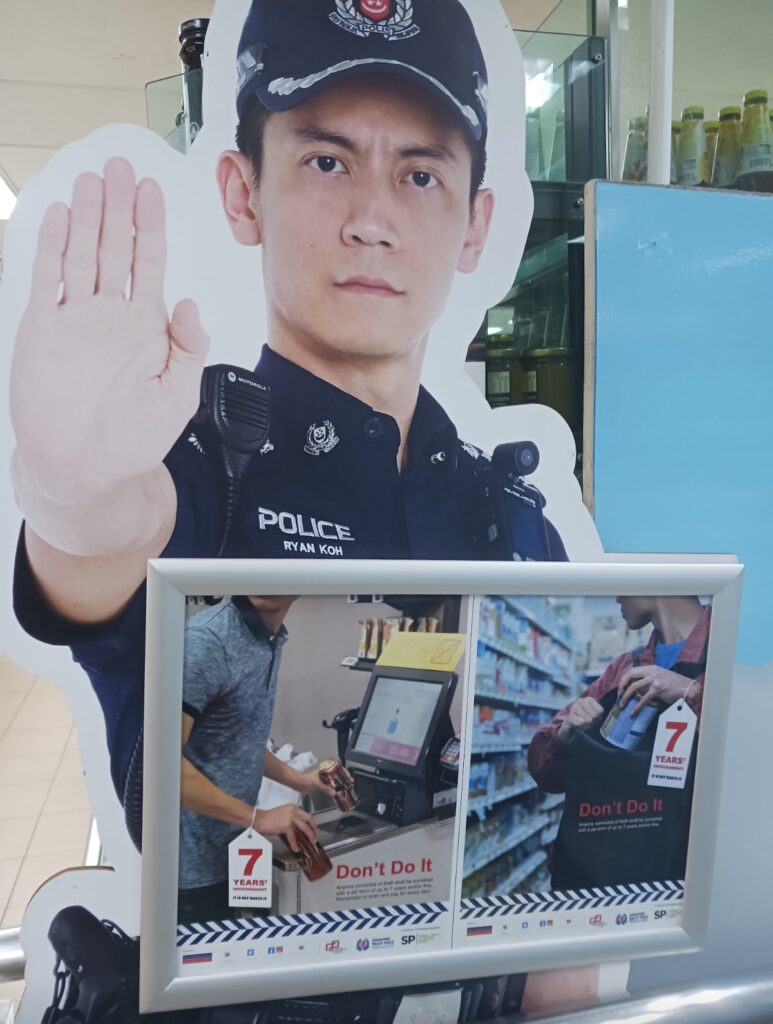


Egalitarianism is not a Singaporean utopia. A quick visit to some neighborhoods reveals how significant social inequalities are in such a small territory! But when you think about it, what could be more natural? In an airport too, exploited workers sometimes cross paths with travelers sipping champagne in a VIP lounge… And as long as everyone stays within their own, social peace (and the economic system) is protected…
Despite all of that, I enjoyed my few days in Singapore. I loved the beauty, diversity, and dynamism of the city-state. But, like with any layover, as I departed, I was a little excited to discover the next country, which in my mind was the true destination, and not just a stop along the way…
Check out François’ Travel Reflections:
Find all our other articles on Singapore:



